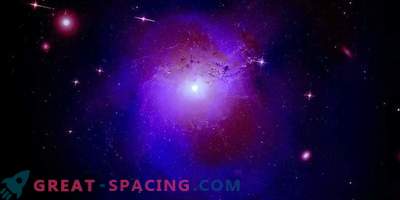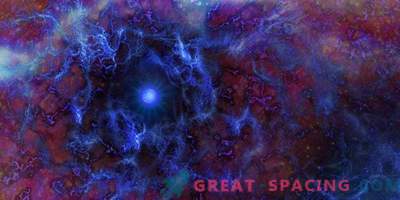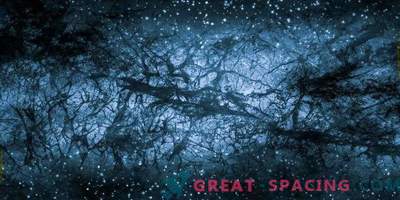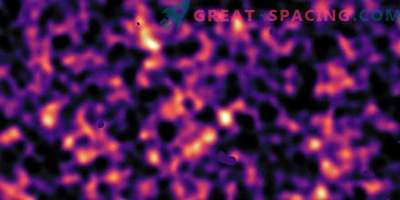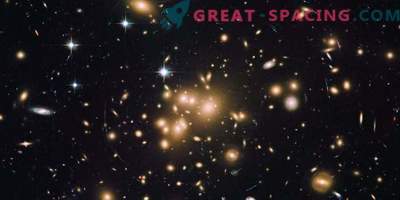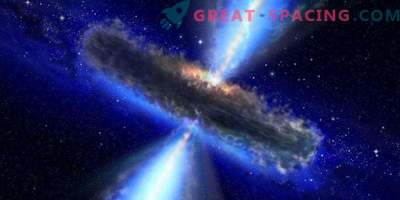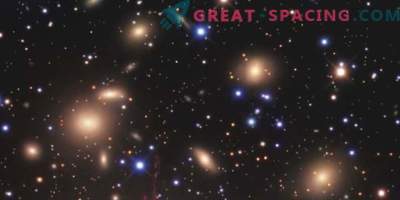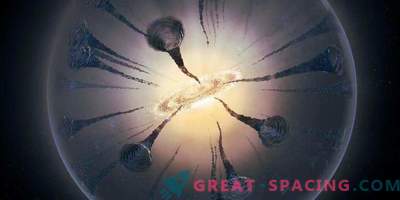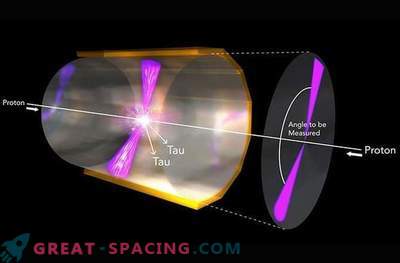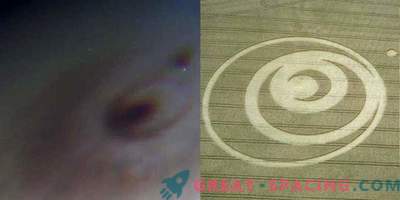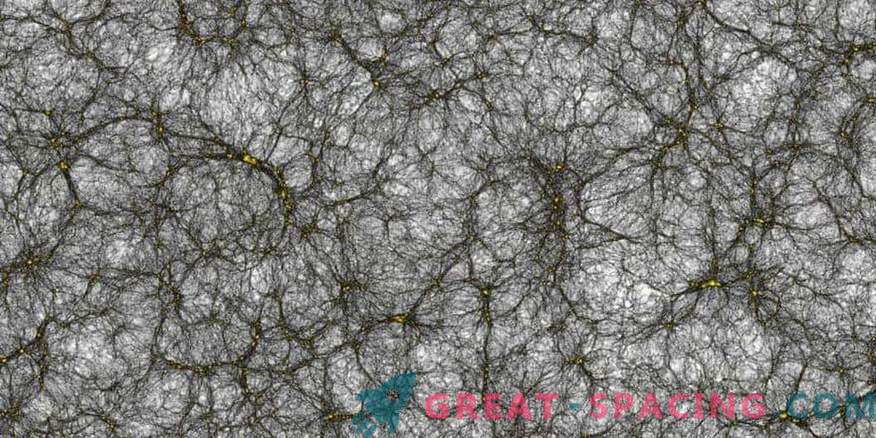
Space Network: a department in a virtual universe that extends a billion light-years wide. You see the mechanism of dark matter propagation in space. Haloes of yellow clusters are tied with dark lines. White areas - cosmic void (lowest density)
Employees of the University of Zurich with the help of a supercomputer managed to recreate the process of formation of the universe. The large catalog includes 2 trillion digital particles representing 25 billion virtual galaxies. It is used for testing on the Euclid satellite, whose launch is scheduled for 2020. The mission is to study the nature of dark matter and dark energy.
Scientists spent three years creating and improving the model in order to accurately describe the dynamics of dark matter and the formation of large universe structures. For this they used the Piz Daint supercomputer at the National Computing Center of Switzerland. He is so powerful that he created the virtual Universe in 80 hours.
Composition of the dark universe
Dark matter is reflected with amazing accuracy, and researchers were able to model the formation of a small halo concentration for dark matter. Their task was to create galaxies, which in volume reached only 1/10 of the Milky Way. This was the main requirement of the Euclidean mission, which will explore the dark side of space. Calculate Fine Distortion
It is important to understand that 95% of the space is continuous darkness. We live in 72% of dark energy and 23% of dark matter. The nature of the first still remains a mystery, which can only be solved by direct observation. It is expected that Euclid will be able to catch the glow of billions of galaxies, which will measure the subtle distortions. They appear due to the deflection of light from background galaxies. Invisible mass distribution is dark matter.
Observation Strategies
A unique virtual directory will help to optimize Euclidean tasks as much as possible and minimize the probability of error. The mission is designed for 7 years. The device will create a topographic universe map with a penetration of 10 billion years ago in evolution.
